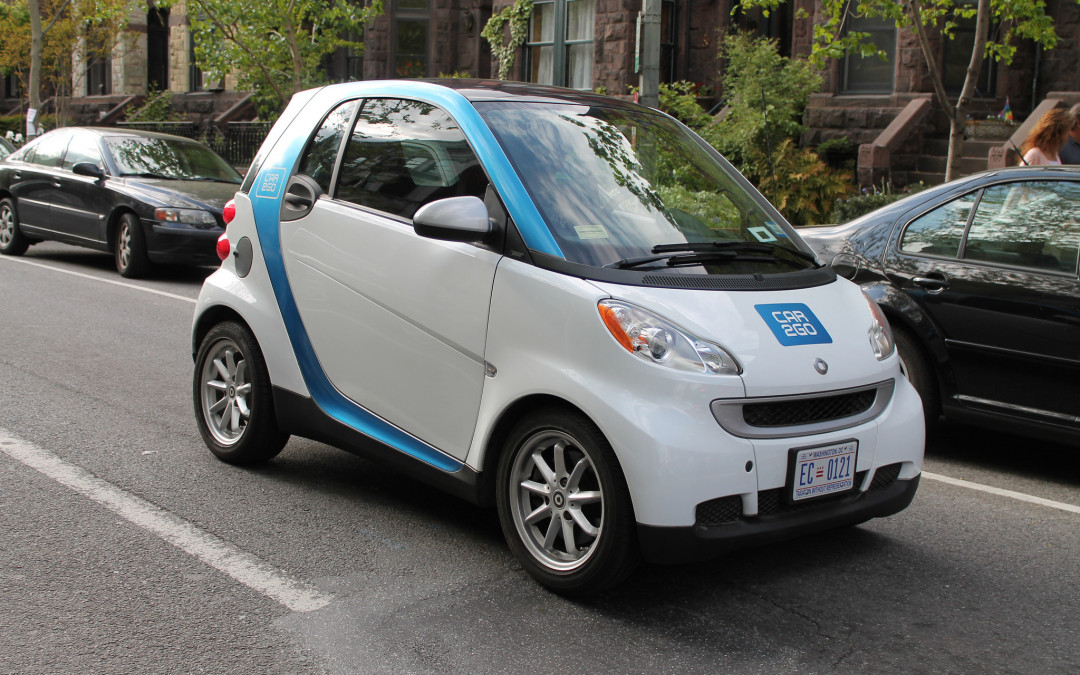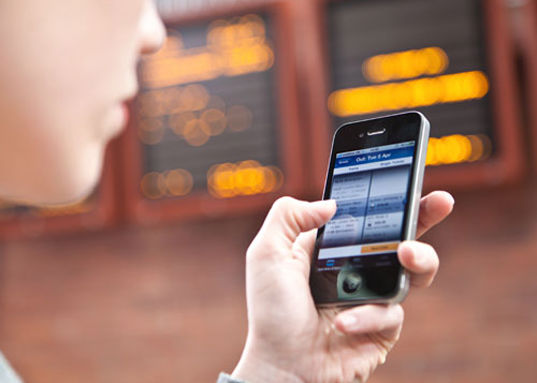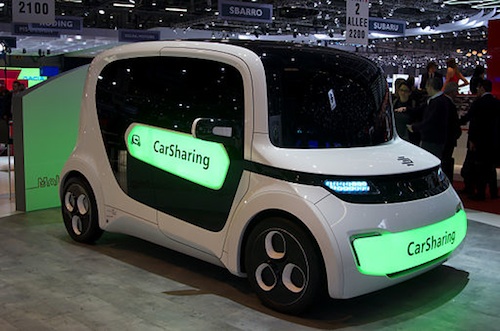
by mattchristensen00 | Mar 20, 2015 |
By Kaja Whitehouse New York City’s taxi industry is gearing up to propose a cap on so-called black cars as the number of Uber cars outpaces yellow taxis for the first time. The proposed cap, which is still being drafted, seeks to halt the growth of livery cabs, also known as black cars, until city officials can study the impact they are having on traffic, parking and pollution, said Tweeps Phillips, executive director of Committee for Taxi Safety, an industry group. The planned cap comes on the heels of new data showing that the number of Uber cars in NYC has outpaced yellow taxis for the first time. There are 14,088 cars, including luxury SUVs, affiliated with Uber in the city’s five boroughs, compared with 13,587 yellow cabs, according to the The Taxi and Limousine Commission. “It’s remarkable that this one company is able to put vehicles on the road willy-nilly without anyone saying what this means for traffic conditions or parking or the environment,” Phillips said. “It’s like the city fell asleep.” “The facts clearly show that Uber is changing New York City’s transportation ecosystem for the better,” countered Matthew Wing, Uber’s head of communications for the Northeastern states. Wing pointed out Uber drivers’ focus on the outer-boroughs “where taxis don’t go,” as well as Uber Pool, which encourages car-pooling. To read the full article, click...

by mattchristensen00 | Mar 19, 2015 |
By Brigham Yen In recent years, the City of Los Angeles has made vast improvements to our transportation infrastructure. Still, when I’m inching along in heavy traffic, I think to myself that we cannot continue to spend our best days like this. Traffic wastes time, hurts our environment, and is taking a huge toll on our local economy: Congestion cost our region $23 billion in 2013, according to a report by the traffic information provider Inrix. Angelenos deserve to spend more of their time enjoying this vibrant, multi-faceted city, and desperately need easier access to booming parts of the city like Downtown L.A. We are ready and anxious for fresh transportation alternatives. The L.A. City Council has recognized this need, and it voted in November 2014 to launch a modest pilot program to establish one transportation alternative that’s growing in popularity: carsharing. To read the full article, click...

by mattchristensen00 | Mar 17, 2015 |
By Susan Shaheen, PhD, and Nelson Chan Shared-use mobility includes carsharing, personal vehicle sharing (or peer-to-peer (P2P) carsharing), bikesharing, scooter sharing, shuttle services, ridesharing, and on-demand ride services. It can also include commercial delivery vehicles providing flexible goods movement. Shared-use mobility has had a transformative impact on many global cities by enhancing transportation accessibility while simultaneously reducing ownership of personal automobiles. In the context of carsharing and bikesharing, vehicles and bicycles are typically unattended, concentrated in a network of locations where the transaction of checking out a vehicle or bicycles is facilitated through information technology (IT) and other technological innovations. Usually, carsharing and bikesharing operators are responsible for the cost of maintenance, storage, parking, and insurance/fuel (if applicable). In the context of classic ridesharing (carpooling and vanpooling) and on-demand ride services, such as transportation network companies (TNCs), many of these providers employ IT to facilitate the matching of riders and drivers for trip making. To download the full report, click here....

by mattchristensen00 | Mar 11, 2015 |
By Cody Fenwick Stroll into any old car rental business and you’ll wait in line, talk to an employee, fill out paperwork, and wait for the staff to pull the car around before you get the keys. Though this model persisted for decades, an increasing demand for alternatives to car ownership has inspired a proliferation of models for car sharingthat are much more flexible and convenient. People turn away from traditional car ownership for various reasons, citing concerns about cost, environment, availability of parking, and more. BTR spoke to Susan Shaheen, Co-Director of the Transportation Sustainability Research Center (TSRC), about the growth of car sharing options. “By not having fixed costs associated with auto ownership in your transportation expenditures, [it] liberates an individual to take trips the way that fits their schedule and their choice the best,” she explains. Shaheen describes four main types of car sharing: 1. Round trip: The most familiar form of car sharing, with the most similarities to traditional car rental. Customers typically pay a company by the hour to use a car, with the cost of insurance, fuel, maintenance, etc., included in the price. Zipcar is a an example. 2. One-way: A customer may use a car without having to return it to its original location. One-way models typically charge by the minute and may employ designated parking spaces in a variety of locations or simply use whatever parking is publicly available. Zipcar hopes to soon offer this kind of service, but DriveNowcurrently offers it. 3. Peer-to-peer: Individuals contribute their personal cars to a fleet managed by a third party, which connects customers to...

by mattchristensen00 | Mar 2, 2015 |
Traffic sucks. Even the Department of Transportation thinks so. Someday in the not too distant future–think somewhere between Uber picking you up when you’re drunk and the arrival of super fast self-driving cars–your commute might be very different. Last week, IT company Cisco announced they’re selling a new suite of technologies that could improve traffic and car safety. One of the major components of their technology is increased vehicle-to-vehicle (V2V) communication. “Think of it as vehicles that are talking to each other,” says Susan Shaheen, a transportation engineer at the University of California, Berkeley, who was not involved in Cisco’s project. Vehicles equipped with V2V technology can exchange information with similarly equipped cars, including their speed and location, hopefully making traffic move more smoothly, and preventing accidents caused by human error. Cisco’s group of technologies (including cameras, routers, and transmission devices) provide a way to integrate the V2V technologies that auto companies like GM are working on, to help them connect to each other and eventually to city infrastructure. But what does it mean for you? Let’s take a look at a day in the life of your future self…or at least the parts you’ll spend in your car. To read the full article, click...






